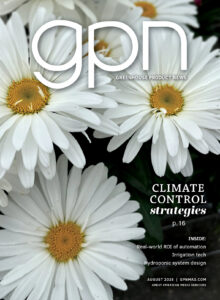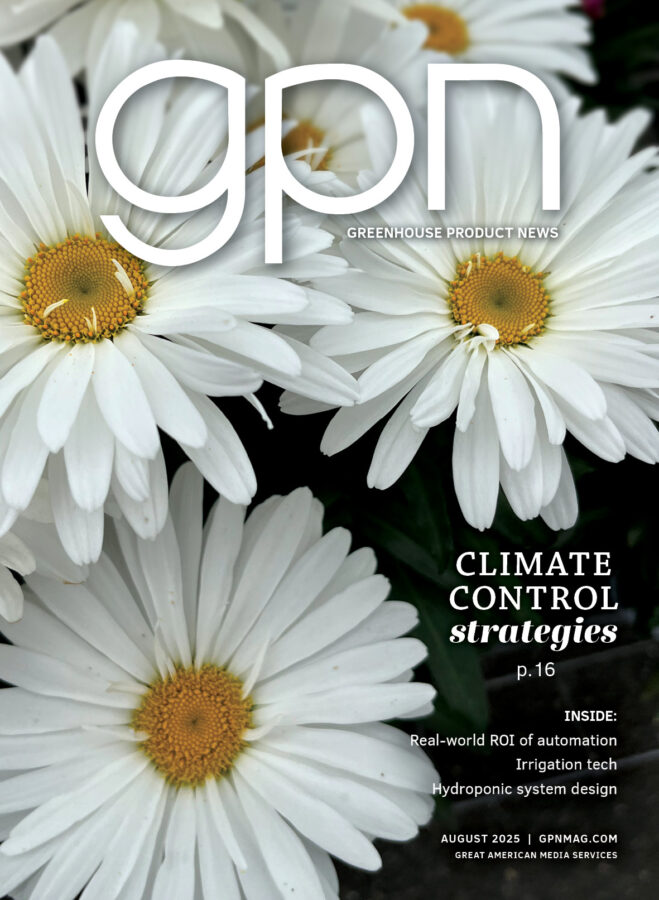Texas A&M Study Shows Flowers Increase Workplace Creativity
Workers’ ability to generate ideas, work creatively and solve problems is higher in workplaces with plants and flowers, according to a study conducted by researchers at Texas A&M University and released by the Society of American Florists (SAF).
Participants in the eight-month study were asked to perform a series of problem-solving tasks in three common office environments: a workplace with plants and flowers, a workplace with abstract sculptures, and a workplace with no embellishments. Both male and female participants demonstrated more innovative thinking and generated more ideas and original solutions to problems in the settings with plants and flowers. Men who participated in the study generated 15% more ideas when working in the plant and flower surroundings. Females generated more creative, flexible solutions to problems when plants and flowers were present.
Jennifer Sparks of SAF explained that SAF set about in 2000 to try to validate a theory well-understood in the floral industry, that flowers make people happy and boost their moods. Its initial studies, conducted by researchers at Rutgers, found that people experience instant delight and happiness, along with life satisfaction and enjoyment, upon receiving a delivery of flowers. A 2001 follow-up study focused on seniors and found that flowers help to ease seniors’ depression and caused them to reach out more to others.
The 2003 research examined how the presence of plants and flowers in the workplace affected workers’ moods. During each research session, study participants self-rated their moods, while completing two creativity tasks and one attention-demanding test. Researchers measured the number of ideas participants generated, the ideas’ creativity and flexibility, and other responses.
Businesses need to understand what workplace features can improve employees’ performance and make employees more productive, according to lead researcher Roger Ulrich, director of the Center for Health Systems and Design at Texas A&M University. “Our research shows that a change as simple as adding flowers and plants can be important to businesses in the modern economy. People’s productivity, in the form of innovation and creative problem solving, improved, which in certain circumstances could mean the difference between mild and great business success.”
Sparks said SAF is publicizing the study’s findings though a campaign that so far has included 703 radio broadcasts and created more than six million consumer impressions. A summary of the study’s results and methodology can be found at www.aboutflowers.com.









 Video Library
Video Library 


















